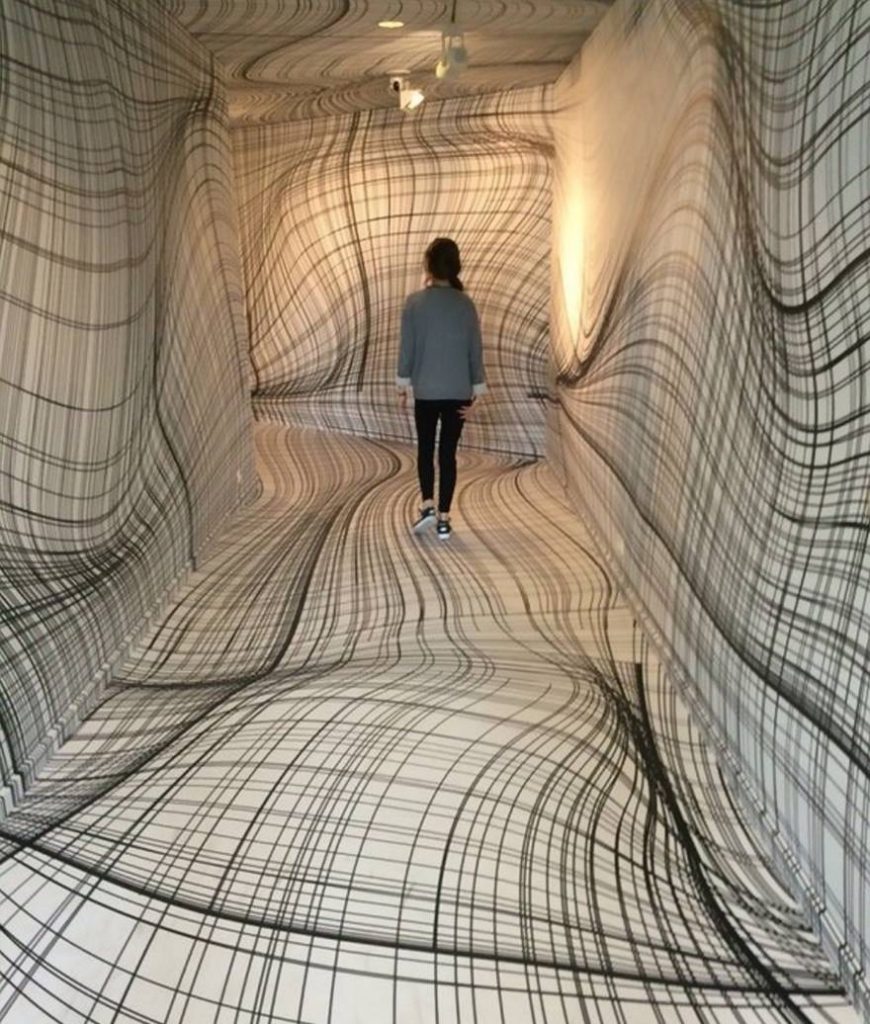



Robert Sowers’sshort book is a most welcome manifesto helping us to find a way to reconcile a neat set of traditional categories with the bewildering intermixture of the artistic media facing us today. ISBN: 2-4, tie7iinued by KudolJAmheam, 1200Barhart I %. of California Press, Berkeley, CA, U.S.A., 1990. RETHINKING THE FORMS OF VISUAL EXPRESSION by Robert Sowers. It is useful to describe Masaccio’scontribution to naturalistic representation, but it is misleading to label him as “the shadow catcher” and to accuse him of deviating from his task by indulging in irrelevant subject matter. It also presents particular artists one-sidedly as though they had been mainly or solely concerned with pictorial space. This ambition clouds the book’s theme, a monograph on pictorial space,with constant references to topics whose relevance to the theme remains insufficiently explored. He therefore lards his text with derivative references to philosophy, politics and science, treating his readers to observations on Neo-Platonism, Marxism, Zen or Freud and making cross-connections between, say, Plato’s epistemological discussion of the three kinds of beds and Rauschenberg’s use of a bed as a canvas. Being not only an artist but also an academic teacher (at Central Washington University), he aspires to supplying a succinct textbook of the history of Western painting. Dunning’sbook has another, more fundamental flaw. This is unlikely to bother the author, who admits that “our concepts and ideas are littered with parts and pieces-some well petrified, some warm and some still quivering” (p. Since, however, every quoted author carries his or her own approach, the book adds up to a quilt of scintillating bits rather than to a coherently flowing argument. His text is a compilation of innumerable citations, which alert his readers to the best sources. These and other useful observations are made by Dunning with the help of his diligent reading of the pertinent literature. And there is an excellent chapter on de Kooning’spictorial technique. 30).Similarly,Dunning describes Tiepolo as the first modern colorist, who gave roundness to his figures not by the contrast ofdark and light but by the use of a warm side in opposition to a cool side of equal color saturation (p. There are valuable references, for example, to Giotto’s controlling the different spatial saliences of the basic colors by varying their saturation (p. Had Dunning limited himself to a monograph on these spatial matters, of which as a practicing painter he is an expert, he would have given us a most useful book. More technically, the development of oil painting is described as combining thick and thin paint and opaque and transparent paint with the perceptual differences between dark and light and warm and cool. His survey also involves the gradient of color saturation and the difference between sharp and soft outlines. He deals systematicallywith the perceptual depth effect of shading by the gradient of brightness and by the color gradient from blue to red and from red to blue. Dunning proposes to supplement the history of pictorial space in Western painting, which, he says, has concentrated unduly on linear perspective. Reviewed by RudolfAmheim, 1200Earhart Rd., No. CHANGING IMAGES OF PICTORIAL SPACE: A HISTORY OF SPATIAL, ILLUSION IN PAINTING by William V. Additional reviews can Oefound in IRonardo Electronic News, Leonard0 Currents and theFine Art, Science and Technology (FAS71)electronic database.
ART OF ILLUSION SPACE SOFTWARE
Leonard0 Reviews section includes rmiews of books,journals and other print publications, W products, videos and films, software and new technologies, conferences, exhibitions and other Pvents in thP field of art, science and technology. In lieu of an abstract, here is a brief excerpt of the content:


 0 kommentar(er)
0 kommentar(er)
